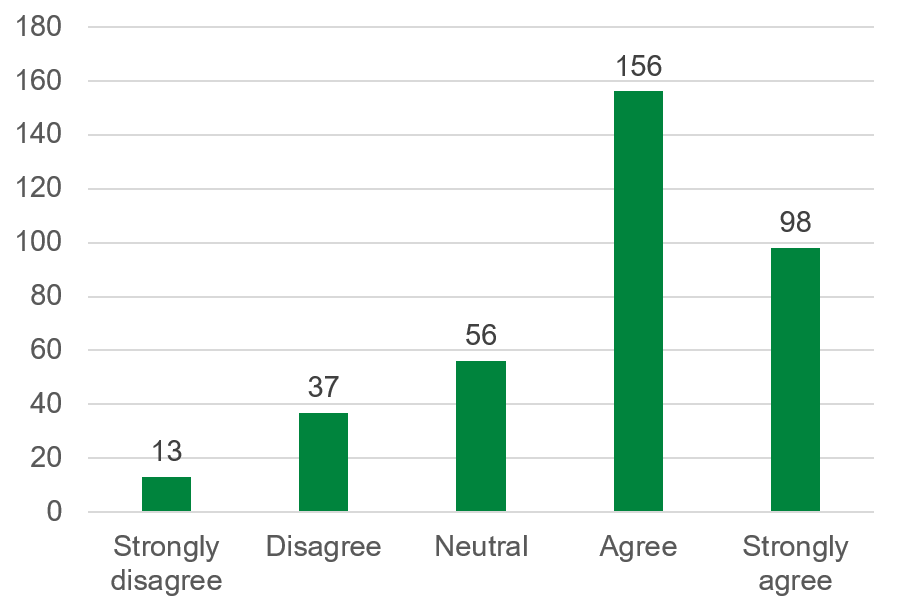There has been much discussion over the past 12 months about ways the VET system can be improved, with the Government drafting a VET Reform Roadmap and offering the opportunity to provide feedback on the topic, including to its Delivering Skills for Today and Tomorrow package. To support this, Skills Impact is undertaking further qualitative and quantitative research to describe the issues important to our stakeholders, and offering some solutions to improve the VET System.
Our work in this space is in addition to our everyday engagement with industry and training providers and our formal work supporting IRCs. Over the past five years, these stakeholders have shared their concerns and challenges with us about the VET system and this contributes to the information we are collating on VET Reform.
So far, we have identified five key themes:
Industry Leadership
Industry only have a leadership role at the beginning of the skills pipeline, to describe their skills requirements. However, they have very little input over what, how and when training is delivered, and how it is funded. A truly industry-led system would have industry involved, in a structured way, at all stages of the system, not only the beginning.
Read more.
Competency is a Journey
It is not a training destination and it is best achieved through a combination of workplace and institutionalised practice. Our research shows that many VET sector stakeholders prefer a staged approach to competency development.
Read more.
Thin Markets and RTO Delivery Challenges
The training delivery market fails to operate in high cost and thin markets with serious consequence for a number of industries and occupations. Thin markets exist where there are low student numbers or learners are spread across large geographical areas, where there is access and safety issues, and/or the training is for highly technical skills, and/or a need to use expensive materials and machinery.
Read more.
Contextualisation of Units
There are more than 18,000 units in the system, despite efforts to reduce them. This is because units are developed to reflect new ways of work, but older methods still exist. Units describing the same skills also exist, but with details specific to a particular industry. National contextualisation materials could help reduce the number of units in the system.
Read more.
Skills Acquisition is a National Economic/Social Imperative
VET sector training represents less than 2% of hours worked across the economy each year. This is a lot, but clearly only a small contribution to the amount of learning that takes place while working. It is critical that Australia’s skills system recognises the quality and extent of learning taking place in the workforce, which is estimated to be between 2 and 10 times the volume of VET, and ways to capture data about it.
Read more.
Your Input is Welcome
Contact us with any questions or to share your thoughts.
Respond to our survey
Over 500 responses so far
You are still welcome to participate in our VET System Improvement Survey, which explores some of these issues. Full survey results will be analysed and published by Griffith University.
71% of respondents agree that workplaces should have an expanded and direct role in training

76% support a developmental approach to competency (recognise different stages of learner performance)

